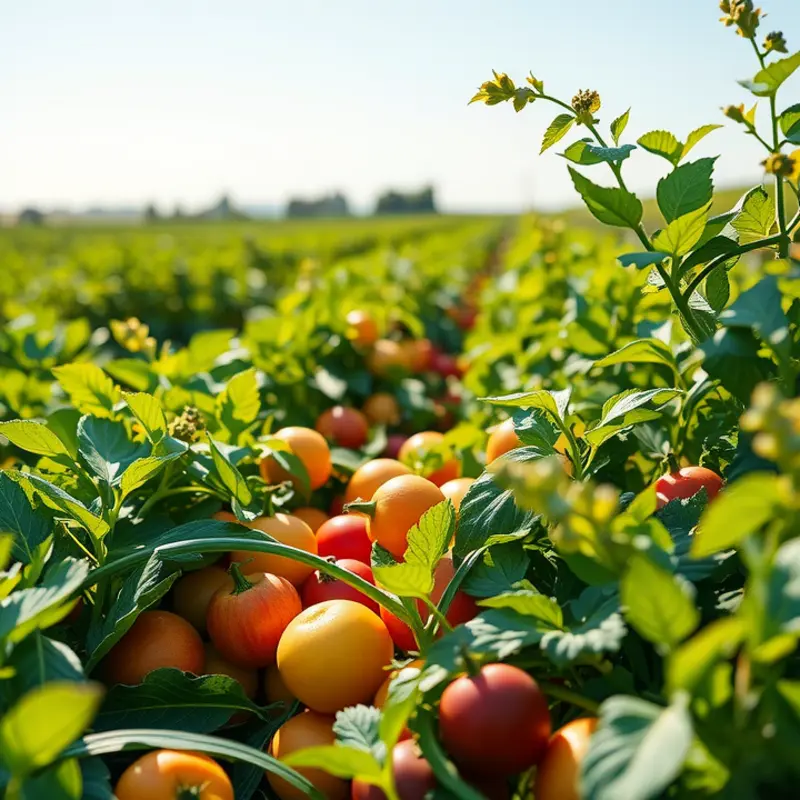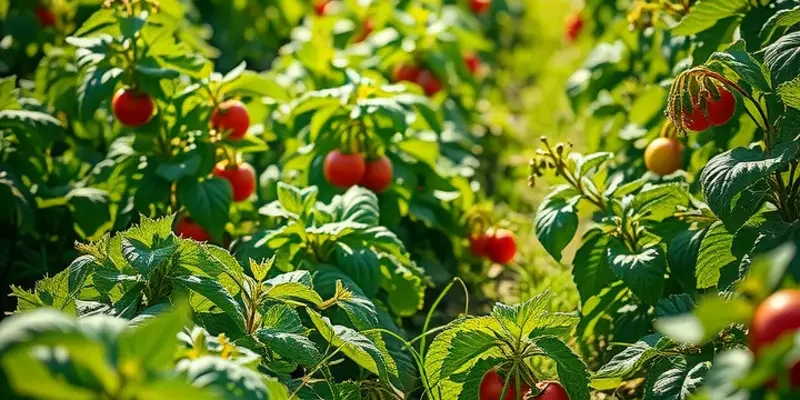Dairy-free puddings offer a delightful dessert experience, free from traditional dairy products. Catering to lactose intolerance, dairy allergies, or simply dietary preferences, these creamy confections can still provide a rich and satisfying taste. With a variety of ingredients at your disposal, home cooks can whip up delicious puddings with ease. This guide will explore essential dairy-free pudding ingredients, practical substitutions, and creative options to enhance flavors and textures.
Natural Creaminess: Building the Base

A creamy base is pivotal in crafting a luscious dairy-free pudding. By emphasizing plant-based milk and natural thickeners, you can achieve textures that mimic traditional dairy without compromising flavor. Each substitute has unique attributes, contributing both to the culinary and nutritional value of your pudding.
Plant-Based Milk Options
Plant-based milks are the cornerstone of dairy-free pudding recipes. Almond, coconut, and oat milks dominate due to their rich textures and mild flavors. Almond milk offers a light, nutty base, with lower calories and a respectable dose of vitamin E. However, its thin consistency may require a thickener. Coconut milk, with its natural creaminess, is an excellent substitute for full-bodied puddings. It contains medium-chain triglycerides (MCTs), which are known to boost metabolism. Oat milk provides a middle ground in terms of texture, with the added benefit of fiber, making it a popular choice for its richness and health benefits.
For those with nut allergies, rice milk and soy milk are reliable substitutes. Rice milk is slightly sweet and thin but free of common allergens. Soy milk is protein-packed, offering a balance of creaminess and nutrition.
Nut Butter for Added Richness
Incorporating nut butter can elevate your pudding’s flavor and texture. Nut butters such as almond, cashew, or peanut can be blended into the milk base, adding another layer of creaminess and depth. Cashew butter is prized for its smooth texture and subtle flavor, making it a compatible addition to most recipes. Moreover, nut butters provide healthy fats and proteins, contributing to a satisfying and nourishing dessert.
For a nut-free alternative, consider using sunflower seed butter. It delivers a similar richness while accommodating those with nut-specific food sensitivities.
Alternative Thickeners for Perfect Texture
To achieve that ideal pudding texture, alternative thickeners like cornstarch, arrowroot powder, or chia seeds are invaluable. Cornstarch is a common thickening agent that’s effective and widely available. Arrowroot powder, derived from tropical tubers, offers a similar function but with a lighter feel and more neutral flavor. Chia seeds are unique in that they naturally swell up in liquid, forming a pudding-like consistency while adding omega-3 fatty acids.
Agar-agar, a plant-based gelatin derived from seaweed, is another option for creating thicker textures. It’s particularly useful in recipes requiring robust structural integrity and suitable for vegetarian and vegan dishes.
Nutritional Flexibility and Dietary Needs
Understanding the nutritional profiles of each component helps in creating a pudding tailored to specific dietary needs. Whether you’re looking for low-calorie, high-fiber, nut-free, or high-protein options, these ingredients provide a multitude of possibilities. For additional insights into creating recipes with varied dietary requirements, you can explore the guide to cooking without gums for complementary techniques in thickening your pudding without traditional additives.
By mastering these dairy-free alternatives, you can ensure that your pudding remains delicious, satisfying, and suitable for all who indulge in it.
Sweeten and Flavor: Crafting Unique Variations

To transform your dairy-free puddings into irresistible creations, understanding sweeteners and flavors is essential. Natural sweeteners such as maple syrup, agave nectar, and coconut sugar are perfect choices. They add complexity and depth to any dessert.
Maple syrup is celebrated for its rich, caramel-like taste, which pairs excellently with vanilla and nut-based milk puddings. Its flavor profile can be enhanced by a touch of salt for contrast. Agave nectar, with its mild sweetness, allows for more delicate desserts where subtler flavors like rose or jasmine might be desired. Its smooth texture blends seamlessly into puddings, ensuring a harmonious consistency.
Coconut sugar, derived from the sap of coconut palms, boasts a slightly earthy taste with a hint of toffee. It’s a great alternative to refined sugar, offering a lower glycemic index and a nutritious punch. Coconut sugar works wonders in chocolate and fruit-based puddings, enhancing the natural essences without overpowering them.
As for flavor enhancers, vanilla extract remains a staple. Its timeless aroma can elevate simplicity into sophistication. Pair it with cinnamon or nutmeg to produce a comforting spiced pudding. Another option, cocoa powder, introduces a touch of bitterness that offsets sweetness perfectly. Experiment with varying intensities of dark to milk chocolate flavors by adjusting the cocoa and sweetener balance.
Don’t underestimate the power of spices—they are versatile allies to your pudding endeavors. Cinnamon, cardamom, or even ginger can transform a standard pudding into an aromatic masterpiece. To maintain control over flavor intensity, start by adding small amounts, allowing them to bloom over gentle heat before tasting.
Adjusting sweetness levels is an art. Begin with smaller quantities of sweeteners, gradually adding them to reach your preferred balance. You can compensate over-sweetness by incorporating a pinch of salt or a dash of lemon juice, which cuts through richness, providing a nuanced edge.
For those aiming to craft truly unique pudding experiences, consider layering flavors. Start with a base, add contrasting layers of fruit coulis, or sprinkle with toasted nuts for textural complexity. This method not only enhances taste but also adds visual appeal.
For more on balancing flavors and enhancing natural tastes, you can explore this guide on flavor boosters. It delves into techniques to elevate your dishes without relying on salt, offering insights that align perfectly with developing your pudding recipes.
Remember, versatility is key to mastering your dairy-free pudding menu. By understanding and experimenting with these ingredients, you can manipulate flavors to create puddings that are both personal and palate-pleasing.
Final words
Making delicious dairy-free pudding is not only achievable but also enjoyable, thanks to the variety of ingredients you can use. From creamy, nut-based bases to natural sweeteners and flavor enhancers, each ingredient plays a vital role in creating satisfying desserts. With the freedom to customize recipes based on personal taste and dietary needs, home cooks can explore new flavors and textures that traditional puddings may not offer. Whether you’re deviating from dairy due to allergies, dietary choices, or just curiosity, these pudding options promise enjoyment for everyone at the table.







